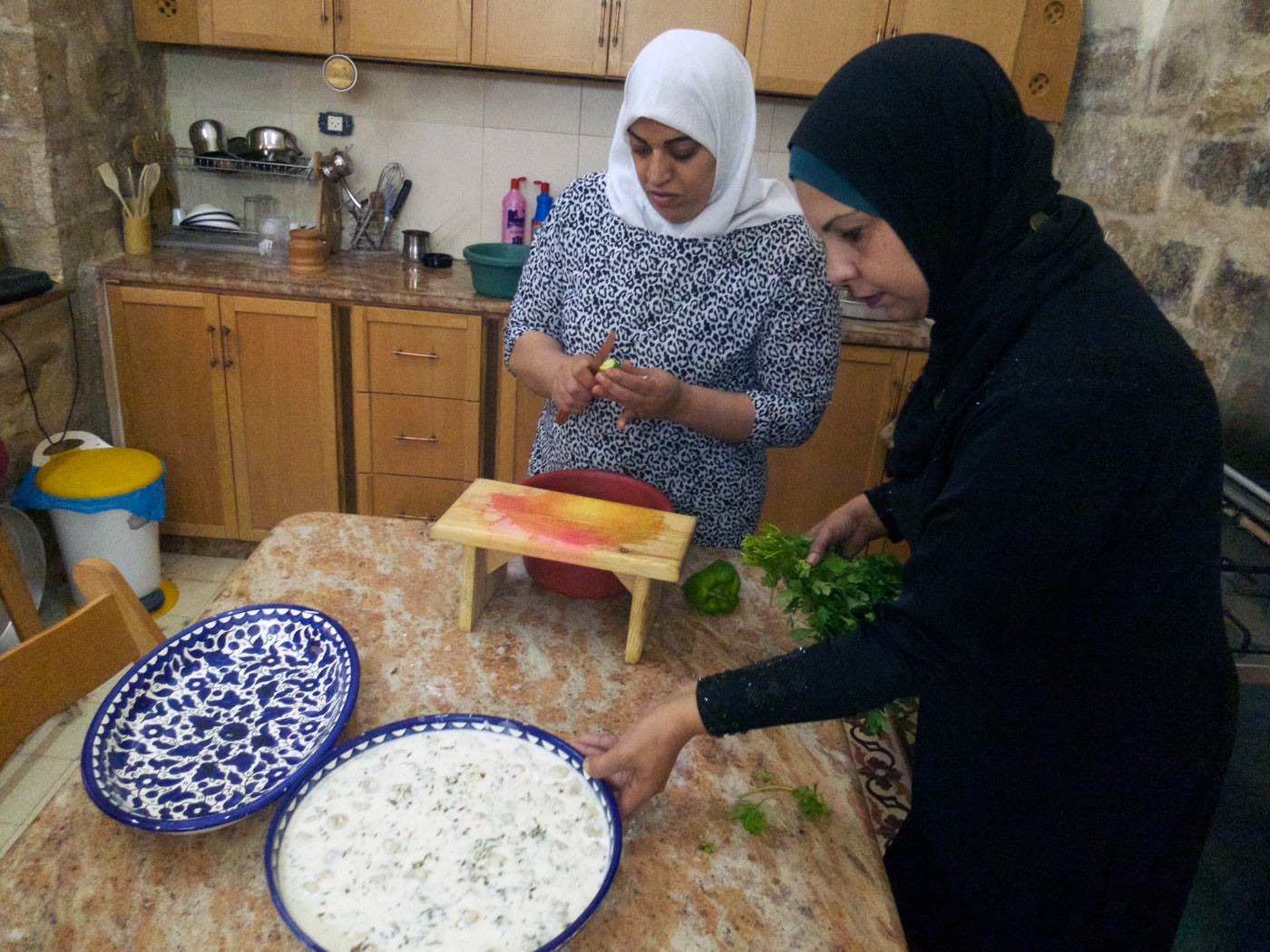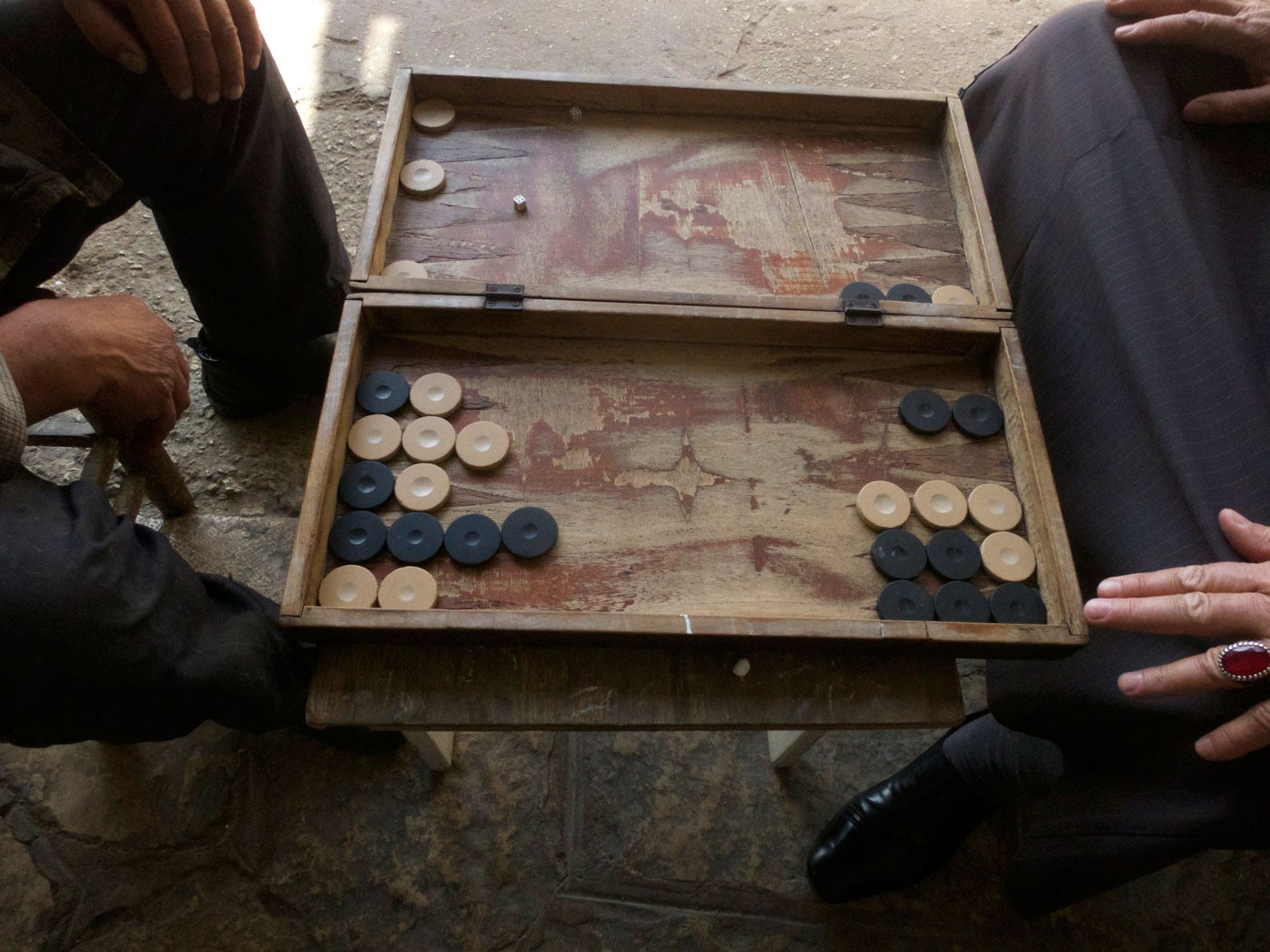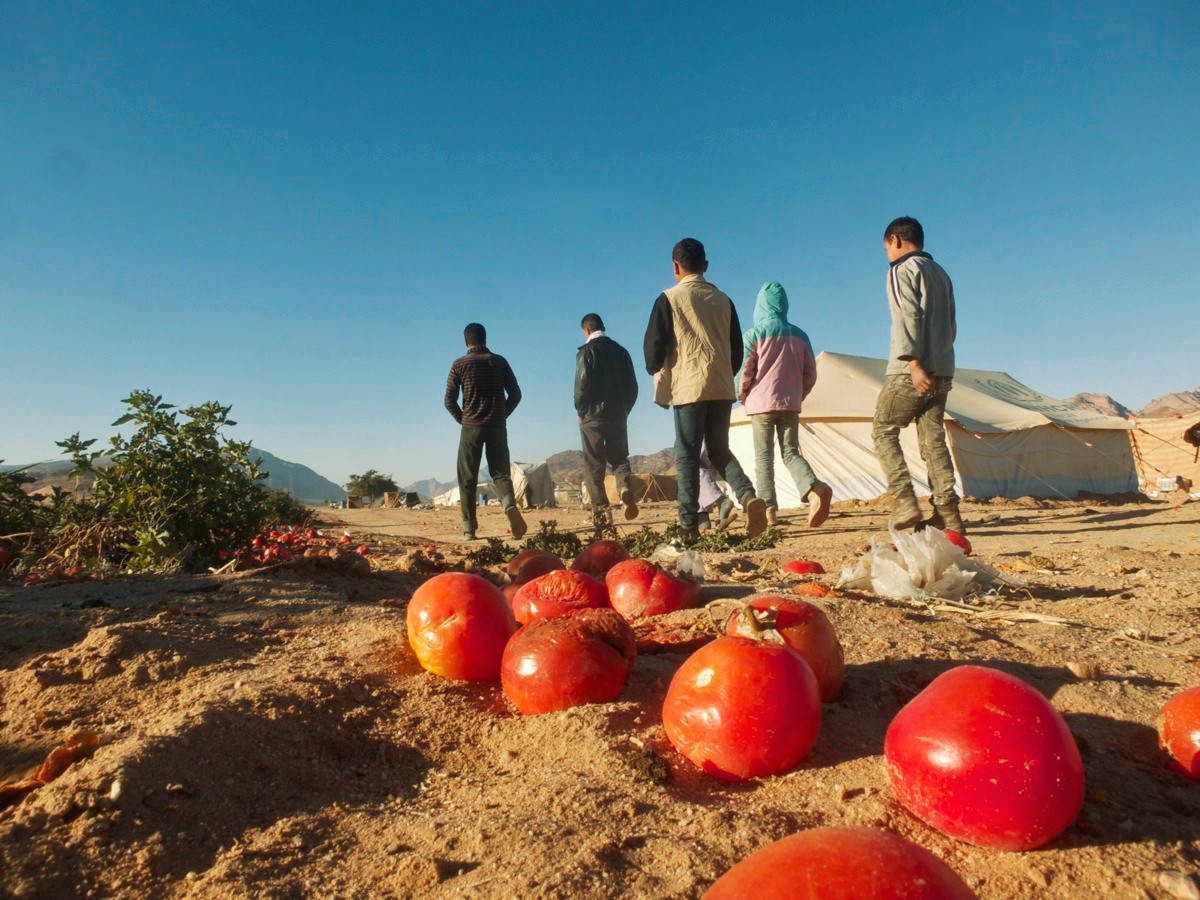This week we followed the story of a storyteller from 2013 when he retraced the global migration of ancestors on foot called the “Out of Eden Walk”.
“Paul Salopek’s 24,000-mile odyssey is a decade-long experiment in slow journalism. Moving at the beat of his footsteps, Paul is walking the pathways of the first humans who migrated out of Africa in the Stone Age and made the Earth ours. Along the way he is covering the major stories of our time—from climate change to technological innovation, from mass migration to cultural survival—by giving voice to the people who inhabit them every day. His words, as well as his photographs, video, and audio, create a global record of human life at the start of a new millennium as told by villagers, nomads, traders, farmers, soldiers, and artists who rarely make the news. In this way, if we choose to slow down and observe carefully, we also can rediscover our world.”
The first point that I explored on the virtual walk is NABLUS, WEST BANK.

In this stop on their journey, Paul Salopek and his crew learn what the Bait al Karama is and what they do in this place.
Bait al Karama is the “House of Dignity” where women gather each month in a stone house to teach cooking classes. They are also writing a local cookbook. They are reviving their traditional Nablusi recipes, with all the original ingredients.
Salopek and his crew stop to help and learn about the culture while eating.
The next point that I explored on the virtual walk is BEIT HANINA, EAST JERUSALEM.

The tribal judge in this village explains to Salopek that he tries to be a mediator and solve problems for people within the community. He speaks on murders and how they work together to come up with fair and just repayment that people can agree to. I found it really interesting that people can choose not to accept this and often those people tend to retaliate with violence of their own.
‘“30,000 to 40,000 Jordanian dinars ($45,000 to $60,000)—that is a typical down payment, an advance. It varies with the sharia codes, of course. Has the victim been killed by a car? Has he been stabbed? The final amount varies with the nature of the crime. After a year, the two families must agree on the ultimate cost. 140,000 Jordanian dinars, total, is a normal amount. The killer’s family will try to get that number down, of course.”
And if the blood money is rejected?
“There are families who don’t accept it. They want revenge. It is rare. But it happens.” The judge holds up both palms in helplessness. “They will kill someone from the other side. We try to prevent this. We always ask for mercy. But if one side says no, that is their right.”’.
The last point that I explored on the virtual walk is NEAR AL QUWEIRAH, JORDAN.

This visit gave Paul Salopek and his crew a new perspective. People in the village talked about their struggles with hunger. They don’t have meat cheese or often bread to eat. The farm for tomatoes to make money to buy food but they have very little.
“Wheat crops were torched. “We burned our family papers, our shoes, to survive the winter,” the man says. “There was no bread. We tried grass to try to stop our hunger.” Then one night he and his family—he sweeps an arm around the tent—grabbed their chance. They slipped through the siege lines and crossed into Jordan.”
Overall, I found this journey to be very interesting as you get to see Salopek meet so many different people and hear their stories and struggles from all around this voyage.
Thanks for reading!
-Carly Thompson
@CThomp2021
Recent Comments